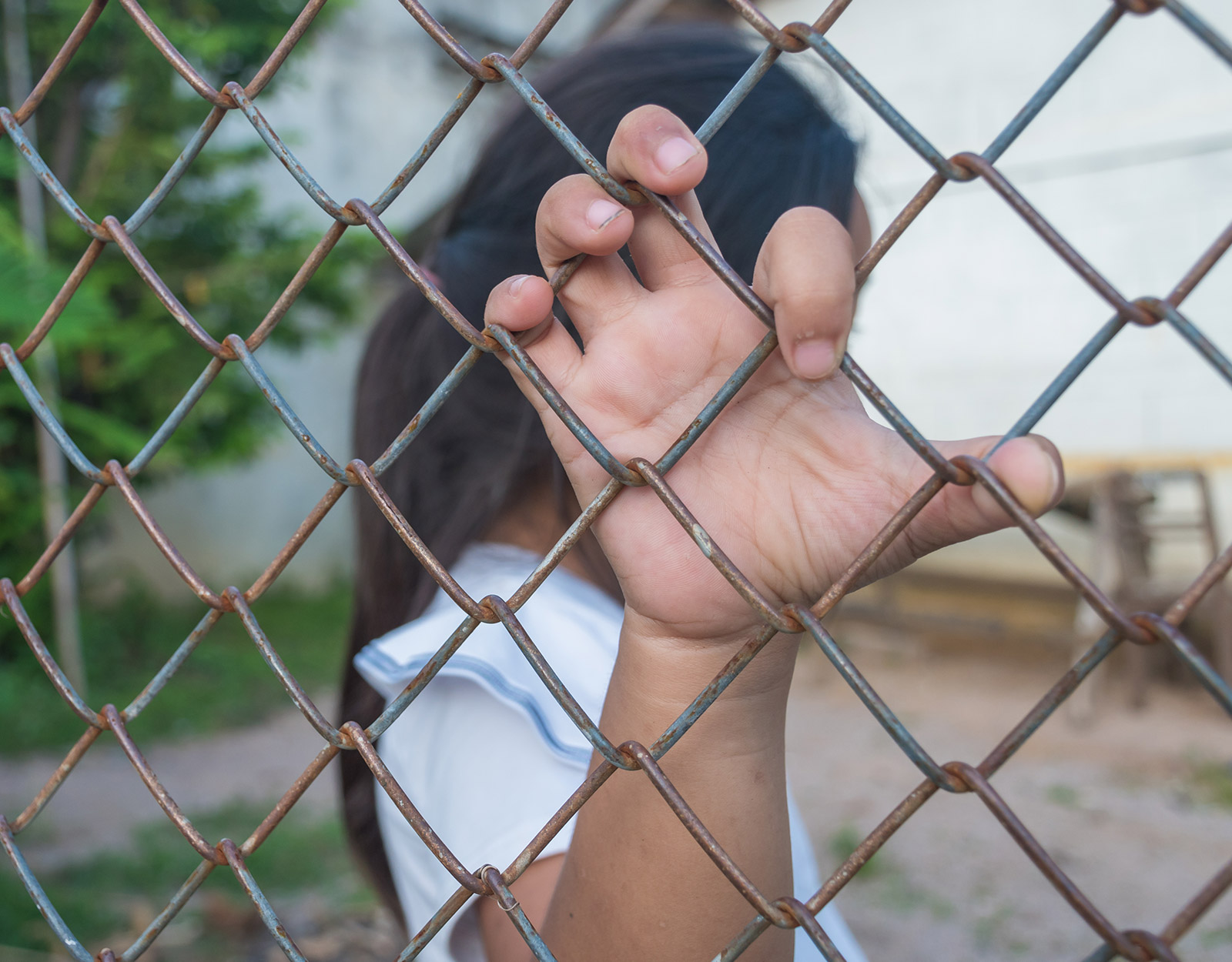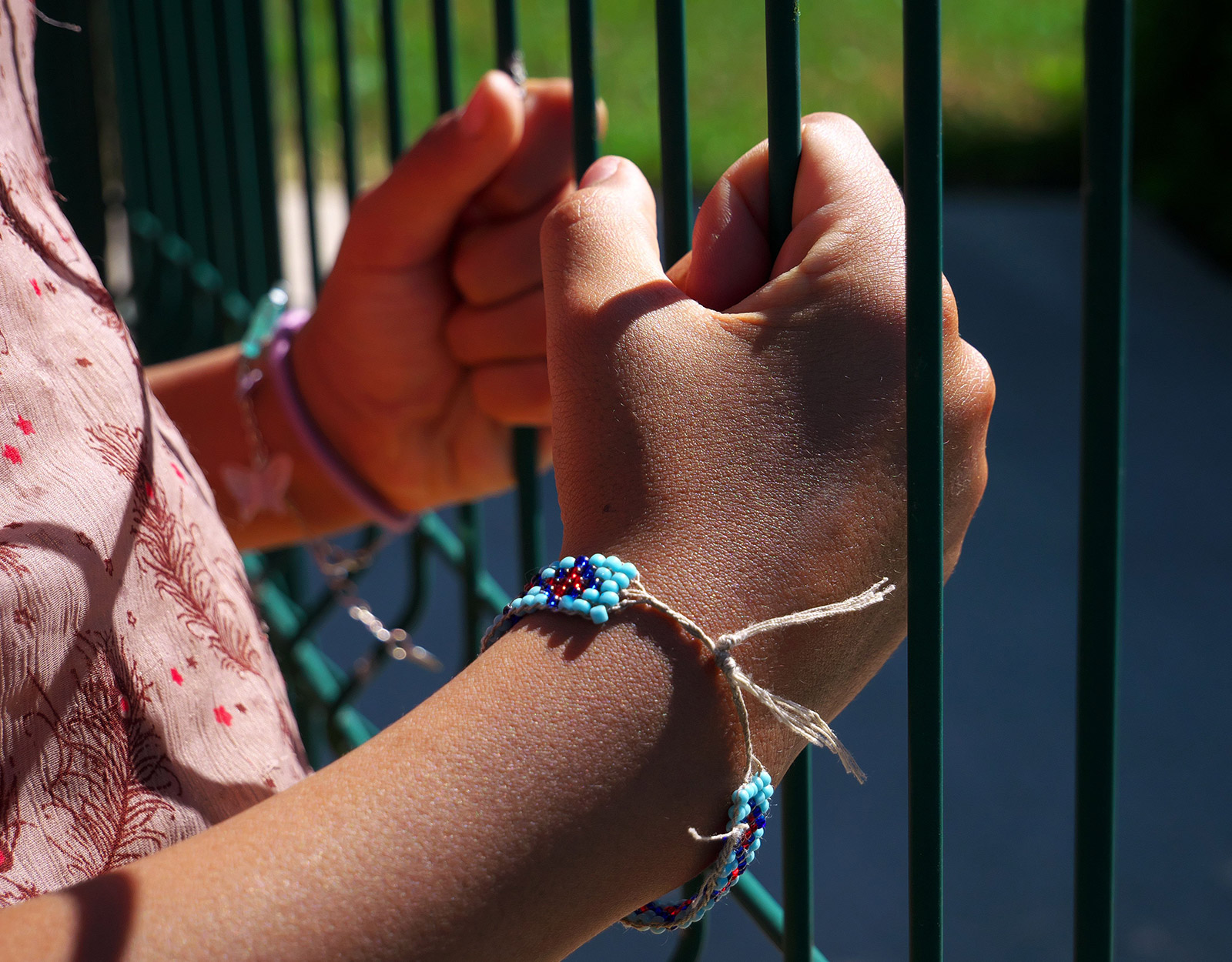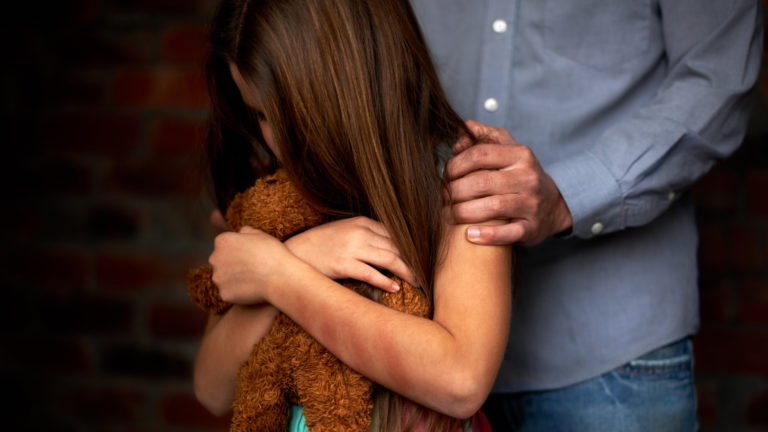Real Talk
Child Trafficking: What Happens To These Kids After?
How do these kids become children again after being victims of child trafficking?
We’re horrified to watch these things happen to children whenever we watch criminal dramas like Law & Order: Special Victims Unit (SVU), Criminal Minds, or CSI, thinking there’s no way that would happen to our children here in the Philippines. But it’s a reality. The Philippines is now being called the world’s #1 capital for child trafficking and it’s no laughing matter. We’re not strangers either to the story. Kids on the streets are taken by syndicates and shipped off to somewhere else. And, it’s not just as sex slaves anymore. Being young means they have better organs (most especially kidneys), which is what the Black Market needs, and will gladly sell to a desperate parent trying to save their dying child’s life when the donor list doesn’t pan out.
Why does this happen in the Philippines?
Unfortunately, it’s not an uncommon story where children are victimized by child traffickers. Coupled with systemic poverty, several studies have discovered that many of the kids were sold by their own parents or picked off the streets. When Cebu implemented the Anti-Trafficking Law, many of these children had the same profile: coming from broken homes and poor families, and are “compelled” to work for “survival and economic reasons” (Abocejo and Gubalane, 2013).
If these children can’t work, they are then used as organ mules because saying that they’re organ donors assume they said “yes” to donating a kidney of their own free will without being coerced. This is because they need the money to survive in the economy they’re forced to deal with. Sallie Yea, a human geographer who specializes in human trafficking, discovered a black market for kidneys in Baseco, Manila. But the disturbing part is how normal it is. Sallie Yea (2010) writes her account of the interview:
Nearly every participant in the study had something to say about his friends being jealous
Yea, 2010, Trafficking in part(s): The commercial kidney market in a Manila slum, Philippines
that he was able to sell a kidney, or asking how they could also arrange for one of their
kidneys to be sold, or relating that they sought out a broker on their own to sell a kidney.
Many potential kidney providers were disappointed, frustrated, or angry if they failed to
pass the required medical tests and therefore, were ineligible to sell a kidney.
This means, for some strange reason, despite it being wrong — it’s a widely accepted norm as if it were a fact of life.

But doesn’t anyone care what happens to these kids after?
Busting the ring — as many call it — isn’t the happily ever after that people want it to be. Many of these kids had their spirits broken and lost their childhood to these people who exploited them. When people aren’t trained to handle sensitive topics like these, they sometimes end up driving away these children from seeking help. There are a lot of reasons these kids end up losing out:
1. They don’t speak the language of the country they end up in.
A study discovered that trafficked Albanian kids couldn’t easily find help because they didn’t speak the language of the country they were in. Social services could only do so much and needed the government’s intervention to force these children to return home (Ramaj, 2021). The worst part is, many of these kids probably didn’t even understand why they were being forced to return home.
2. The return home is traumatic.
Especially if they have been in captivity for long periods of time, many of these children who are victims of child trafficking have long accepted the reality of never being able to return to their parents. The psychological abuse from the handlers and those benefiting from the trafficking slowly condition them that they have no worth beyond a “sexual good.” It’s why many choose to seek a “new life” (Ramaj, 2021) in the new country, believing it may happen again if they return home.
Others don’t have a family to return to. It’s a disturbing but common story in the Philippines that it’s the parents who sell these children to sex traffickers to make money to feed their families. Because the kids must always obey the elders or some families teach their kids that they “owe” their parents, these children often just trust their parents and eventually feel they have “no escape” (Murray, 2019; Yea, 2010).
3. Little to no mental health care training for those who are on the frontline.
Sadly, psychology is still progressing slowly in the Philippines. With only 500 psychiatrists registered and some mental health practitioners being territorial about their profession, there has been little to no progress with how to handle situations like these, especially when the parents are the main perpetrators. Parents who often sell their children for sex trafficking cite survival as a reason hence, poverty becomes the main culprit. But how does one actually dismantle a systemic problem as widespread as poverty?
In a culture that prefers not shaming the family, family members would rather sweep it under the rug. But doing so leaves the child with trauma, depression, and anxiety, and makes them more prone to anti-social behaviors. Anti-social behaviors include re-enacting their fate on another unwilling child because subconsciously, they want someone to understand and the only way to make someone understand, for them, is to make them feel the same pain they did (Murray, 2000).
4. Most of these kids become out-of-school youth.
Ever wonder why the Philippines has the worst comprehension and math skills in the world? It’s because a lot of the kids end up not completing school because the home that they return to is so abusive that it kills their love for learning (Lanozo, Tabieros, Solmiano, Paras, Tus, 2021). Also, going to school for them doesn’t “feed” their families because they don’t earn money while they study. They earn money through sexual favors, which for them has better benefits because it feeds their family (Murray, 2019).
5. Some manage to survive and return to society.
Over the years, ways to deal with physical child trafficking in the Philippines developed. There are now several safe houses that serve two purposes: rehabilitate the victims and arrest the traffickers. These safe houses often offer educational assistance, rehabilitation, and even psychosocial help to make sure that these kids can enjoy life again (Shahrullah, 2015).

Unfortunately, traffickers in the Philippines have a famous saying: “Kung kaya mo makalusot…”
Combined with the strong family ties and how internet-literate many Filipinos are, these child sex traffickers aren’t easy to smoke out. Many of them have family members who would protect them, choosing to protect the family image more than outing them because they believe they [the sexual predators and sex traffickers] can change. They also are quite talented in hiding their tracks via VPN, encrypted ISPs, and even using public spaces like internet cafés to continue fueling the sex-trafficking industry. The structure of these rings runs deep, especially when those who benefit from the other countries know that their country cannot catch them.
But there’s always something that can be done and that means accepting that if there is one in the family, the family image isn’t worth protecting, especially if they are a danger to our own children. Protecting them makes an even bigger web of lies, destroying the family image anyway.
References
Abocejo, F. T., & Gubalane, F. K. (2013, April). Implementation of the anti-human trafficking law in Cebu city, Philippines. In International Forum Journal (Vol. 16, No. 1, pp. 36-48).
Lanozo, J. G., Tabieros, L., Solmiano, E. L., Paras, N., & Tus, J. (2021). Buhay estudyante: The lives of students from broken families amidst the pandemic. International Journal Of Advance Research And Innovative Ideas In Education, 7(1), 10-6084.
Murray, J. B. (2000). Psychological profile of pedophiles and child molesters. The Journal of Psychology, 134(2), 211-224.
Murray, C. (2019). Technology and Child Sex Trafficking: A Comparative Study of the United States, Venezuela, And The Philippines. Plan II Honors Theses-Openly Available.
Ramaj, K. (2021). The aftermath of human trafficking: Exploring the Albanian victims’ return, rehabilitation, and reintegration challenges. Journal of Human Trafficking, 1-22.
Rotabi, K. S., & Bergquist, K. J. S. (2010). Vulnerable children in the aftermath of Haiti’s earthquake of 2010: A call for sound policy and processes to prevent international child sales and theft. Journal of Global Social Work Practice, 3(1), 1-5.
Scarpa, S. (2013). Guaranteeing the broadest protection to minors in the aftermath of disasters: Re-framing the international discussion in terms of child abduction, sale, and trafficking. Journal of International Humanitarian Legal Studies, 4(1), 135-150.
Shahrullah, R. S. (2015). A Comprehensive Study on the Philippines’ Legal Approaches to Combat Human Trafficking: Suggestions for Indonesia. ASIAN ALTERNATIVES FOR A SUSTAINABLE WORLD: Transborder Engagements in Knowledge Formation, 68.
Taylor, I. (2018). Family separation, reunification, and intergenerational trauma in the aftermath of human trafficking in the United States. Anti-trafficking review, (10).
Todres, J. (2010). Taking prevention seriously: Developing a comprehensive response to child trafficking and sexual exploitation. Vand. J. Transnat’l L., 43, 1.
Yea, S. (2010). Trafficking in part (s): The commercial kidney market in a Manila slum, Philippines. Global Social Policy, 10(3), 358-376.
The truth about child trafficking. Read up more about it!
Finding Ruby is Every Parents’ Nightmare for their Daughters
The Disturbing Reality of Online Sexual Exploitation
The New Anti-Online Sexual Abuse or Exploitation (OSAEC) Law is Signed! Here’s What We Know





